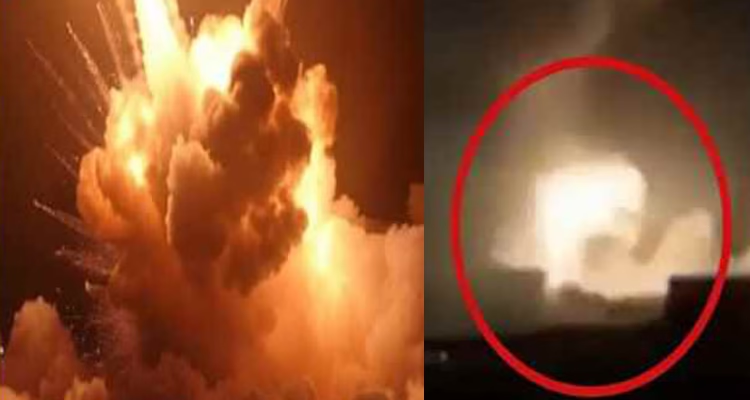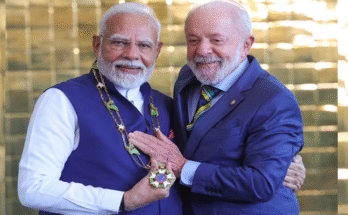
New Delhi: In a significant escalation of hostilities, the Indian Armed Forces launched coordinated strikes deep inside Pakistani territory late Thursday night. The strikes were part of a calibrated response to a large-scale aerial and artillery attack by Pakistan earlier that morning.
According to Indian defence officials, Pakistan initiated the assault with eight missiles, several drones, and heavy artillery fire aimed at strategic locations in Jammu and Kashmir, including Satwari, Samba, RS Pura, and Arnia. India’s S-400 and Akash air defence systems successfully intercepted all incoming missiles, preventing damage and casualties.
The Pakistani attack, officials said, bore striking similarities to the tactics used by Hamas, raising serious concerns over potential operational coordination between Pakistan’s Inter-Services Intelligence (ISI) and global terror networks. Intelligence reports had earlier indicated possible links between ISI operatives and Hamas elements operating in Pakistan-occupied Kashmir (PoK).
India’s retaliatory operation—Operation Sindoor—was a joint mission involving the Indian Army, Air Force, and Navy. The operation targeted nine sites across Pakistan-administered Kashmir and Pakistan’s Punjab province. Among the high-value targets was an advanced air defence system in Lahore, which, according to the Ministry of Defence, was successfully neutralised.
The Indian action follows the April 22 terrorist attack in Pahalgam, in which 26 civilians were killed. New Delhi has attributed the attack to Pakistan-based militant groups. In response to India’s strikes, Pakistani authorities claimed at least 26 fatalities, including women and a child, and 46 injuries. Prime Minister Shehbaz Sharif condemned the Indian operation as “an act of war” and warned of consequences.
Meanwhile, tensions along the Line of Control (LoC) have sharply escalated. Pakistan has intensified shelling across multiple sectors, including Kupwara, Baramulla, Uri, Poonch, and Rajouri. At least 16 Indian civilians—among them three women and five children—have reportedly been killed in Pakistani mortar attacks. Indian forces responded with targeted precision strikes to neutralize enemy artillery positions.
Indian defence officials emphasized that the response was conducted in accordance with the principle of “same domain, same intensity,” reflecting a firm policy against cross-border aggression. Key defence systems, including the Integrated Air Command and Control System and advanced anti-drone technologies, played a critical role in neutralising the initial Pakistani assault.
The situation remains volatile, with both nations on high alert and the international community closely monitoring developments amid fears of further escalation.



